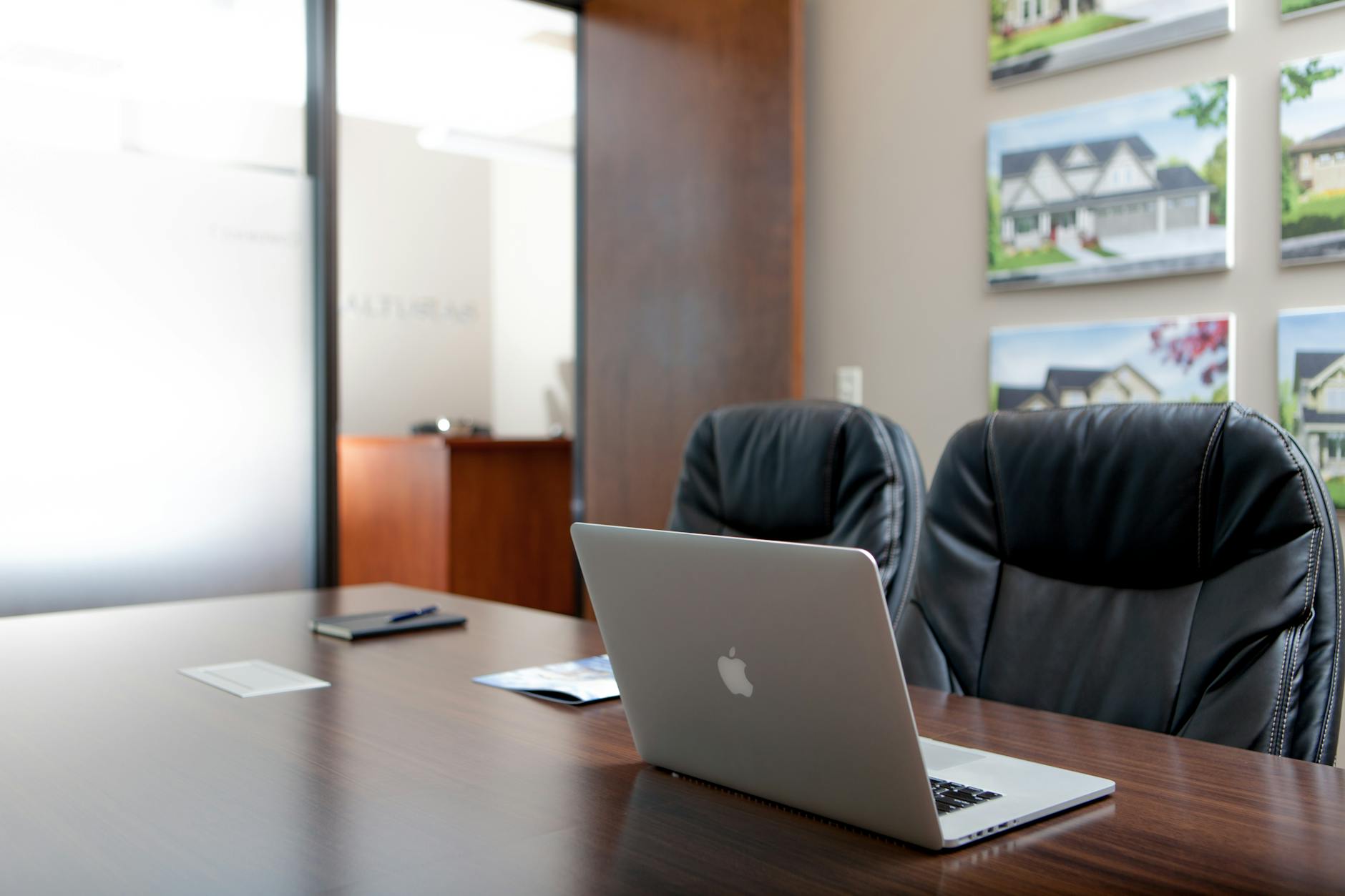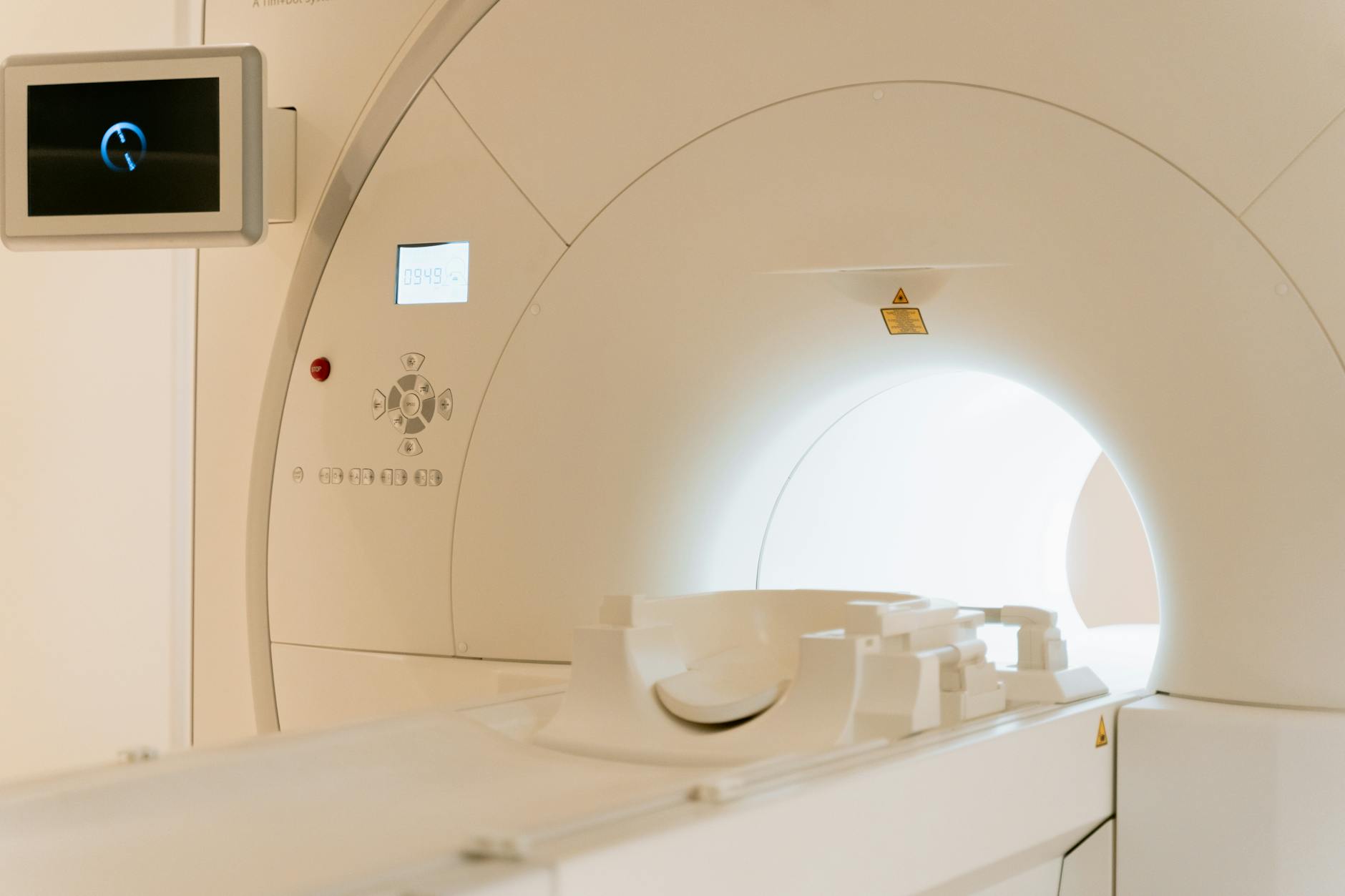Are You Enhancing Architectural Spaces with Audio Design in Australia?

The Role of Audio Design
Audio design plays an integral role in the architectural landscape, especially in culturally rich cities like Sydney. Imagine stepping into an iconic landmark such as the Sydney Opera House, where every note perfectly resonates. This harmony between structure and sound isn't just by chance; it's crafted through strategic audio planning, harmonizing the auditory and architectural.
Architectural Significance
Incorporating audio design into architecture is more than adding a few speakers—it involves a comprehensive understanding of space and aesthetics. A hearing loop or induction loop system, for instance, can significantly enhance user experience by making sound accessible to all, including those with hearing impairments.
Enhancing Acoustics
Consider the use of high-quality acoustic panels to refine sound within a space. These panels are not only practical but can be customized to blend seamlessly into the existing decor, providing both visual appeal and sound clarity. They soften harsh echoes and enhance sound quality, vital for venues hosting a wide range of events, from concerts to conferences.
Balancing Functionality
Balancing architectural design with functional audio solutions is crucial for effective space planning. Reflect on the eco-friendly initiatives seen in Barangaroo Reserve. Here, sustainable design meets innovative audio solutions, promoting both environmental responsibility and excellence in acoustic performance. Investing in the right audio design can transform a space, enhancing its function and overall user experience.
Audio Design Techniques
Spatial Sound Strategies
Crafting a space where every sound resonates beautifully requires a deep dive into spatial sound strategies. When engineering a space like Sydney's Opera House, the goal is to create an auditory experience where sound flows seamlessly, maximizing clarity and impact. Employing techniques like sound diffusion helps in scattering sound waves, preventing echoes and ensuring uniform sound distribution. Acoustic panels are pivotal here, as they absorb excess noise and refine quality. For those working closely with audio equipment, integrating a recording microphone can further enhance the clarity, capturing nuances with precision and allowing audio professionals like Jamie to produce remarkable outputs.
Ambient Sound Integration
Sound has the power to evoke emotions and create ambiance, much like the calming surroundings of the eco-friendly projects at Barangaroo Reserve. Clever integration of ambient sound can transform any space, making it inviting and dynamic. Utilizing automated systems that adapt ambient sounds according to time or activity can enrich user experience significantly. This is especially relevant for music producers juggling the dual demands of maintaining creative integrity while ensuring commercial appeal. Having technology and space work in synergy can elevate both functionality and aesthetic appeal.
Acoustic Panel Selection
Selecting the right acoustic panels can dramatically influence a space's sound quality. Echoes, reverb, and background noise are the main foes to conquer. Panels come in myriad styles, each suited for a specific function, whether it’s enhancing speech clarity or fine-tuning musical notes. Consider factors such as panel material, thickness, and placement to effectively tackle unwanted sounds. When paired with the ideal loudspeakers, the effectiveness of these elements becomes apparent, ensuring that even the subtleties of sound are beautifully amplified.
Understanding these strategies can empower creative professionals to design spaces where sound is not just heard but truly felt.
Challenges in Audio Design
Overcoming Budget Constraints
When working within the often tight budgets of audio design, it’s crucial to identify cost-effective yet high-quality solutions. For those in the music production industry, like Jamie, the financial challenge of acquiring top-notch audio equipment without compromising on sound quality is a constant struggle. A practical approach involves prioritizing key investments, such as durable loudspeakers and versatile recording microphones.
Exploring second-hand markets for well-maintained studio essentials is another savvy strategy. Often, you can find high-end equipment that has been lightly used at a fraction of the retail price. Additionally, leveraging software-based solutions for certain audio functions can also mitigate costs while maintaining high audio standards.
Adapting to Space Limitations
Space limitations, especially in home studios or compact workspaces, can significantly affect audio design outcomes. To navigate these constraints, it helps to employ strategic planning reminiscent of the space-efficient designs seen in Barangaroo Reserve’s eco-friendly projects. Opt for multipurpose paging systems that blend seamlessly with existing technology. Using dual-function devices can save space without sacrificing functionality.
Ensuring Consistent Quality
Achieving consistent audio quality regardless of varying environments is a significant hurdle. One effective method draws inspiration from the meticulous design practices of the Sydney Opera House, where acoustics are impeccably balanced. Regularly testing and calibrating your equipment ensures that it performs optimally across different settings. Implement routine checks and be diligent in maintaining the condition of your gear to prevent any compromise in sound quality.
By approaching these challenges with creativity and resourcefulness, you can maintain audio excellence in your projects.
Best Practices for Implementation
Personalizing Audio Solutions
When tailoring audio solutions, creativity and technical expertise must align to elevate the music production experience. It's crucial to consider the unique features of your studio space when integrating technology, such as using quality AV cables to ensure optimum sound delivery. Personalizing your setup allows for seamless transitions between various genres, meeting the diverse needs of artists you collaborate with. By fine-tuning audio components to reflect your distinctive style, you create an environment that resonates with your musical vision.
Collaborating with Professionals
Engaging with seasoned professionals can bring a wealth of insights and possibilities. Architects, engineers, and fellow music producers offer diverse perspectives on achieving optimal sound. Utilizing a universal remote, for instance, can simplify your workflow and streamline multiple audio devices. Collaboration fosters innovation and refinement, drawing from collective expertise to bolster your sound project's fidelity and artistic integrity.
Continuous Space Evaluation
Continuously evaluating your studio space is essential for maintaining peak performance and adaptability. Adjusting acoustics and equipment placement as needed allows for fluidity and improvement in sound quality. Keeping abreast of advancements in sustainable design can inspire eco-friendly enhancements, aligning with the sustainable initiatives seen in projects at Barangaroo Reserve. This approach ensures your studio remains a creative haven, innovatively designed to meet changing demands while fostering an authentic music production journey.
Innovative Ideas in Audio Design
Sculpting Spaces with Audio Elements
Crafting a symphony within a space is akin to orchestrating a performance at the Sydney Opera House. By intertwining acoustic panels with architectural elements, we enhance the sensory experience without compromising design aesthetics. This involves choosing panels that not only bolster auditory clarity but also complement a room's architectural nuances, much like the sculptural forms found in eco-design initiatives at Barangaroo Reserve. By exploring different materials and textures, we can influence sound diffusion and absorption, keeping in mind the organic relationship between sound and space.
Synchronizing Architecture and Loudspeakers
Incorporating loudspeakers into architecture requires a nuanced approach, balancing auditory excellence with elegant design. Consider how the sustainable framework at the Royal Botanic Garden subtly integrates technology into its verdant surroundings. Similarly, modern loudspeakers can blend seamlessly into the architectural canvas, crafted to resonate with the environment. It's about creating harmony—letting sound evolve as part of the structural landscape rather than an intrusive element.
Maximizing Acoustic Potential with Sustainable Design
Sustainability is no longer a mere consideration; it's a rightful priority. Drawing inspiration from Sydney's green building projects, we explore innovative ways to implement audio design that respects and revitalizes the environment. From using recycled materials for panel construction to placing speakers that minimize energy consumption, intersecting eco-conscious choices with cutting-edge technology paves the way for a more harmonious and dynamic habitat.
As architects and design enthusiasts, it's our calling to not only build for today but to envision spaces that sing for the future. Through innovative strategies and inspiration from iconic Sydney landmarks, our creations can redefine acoustic design's role in architecture.


